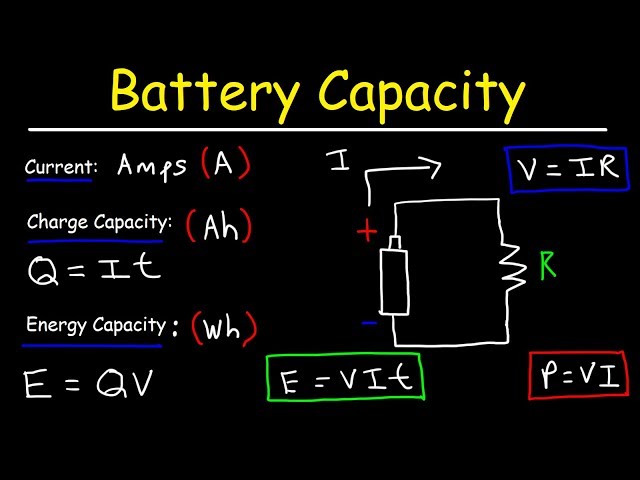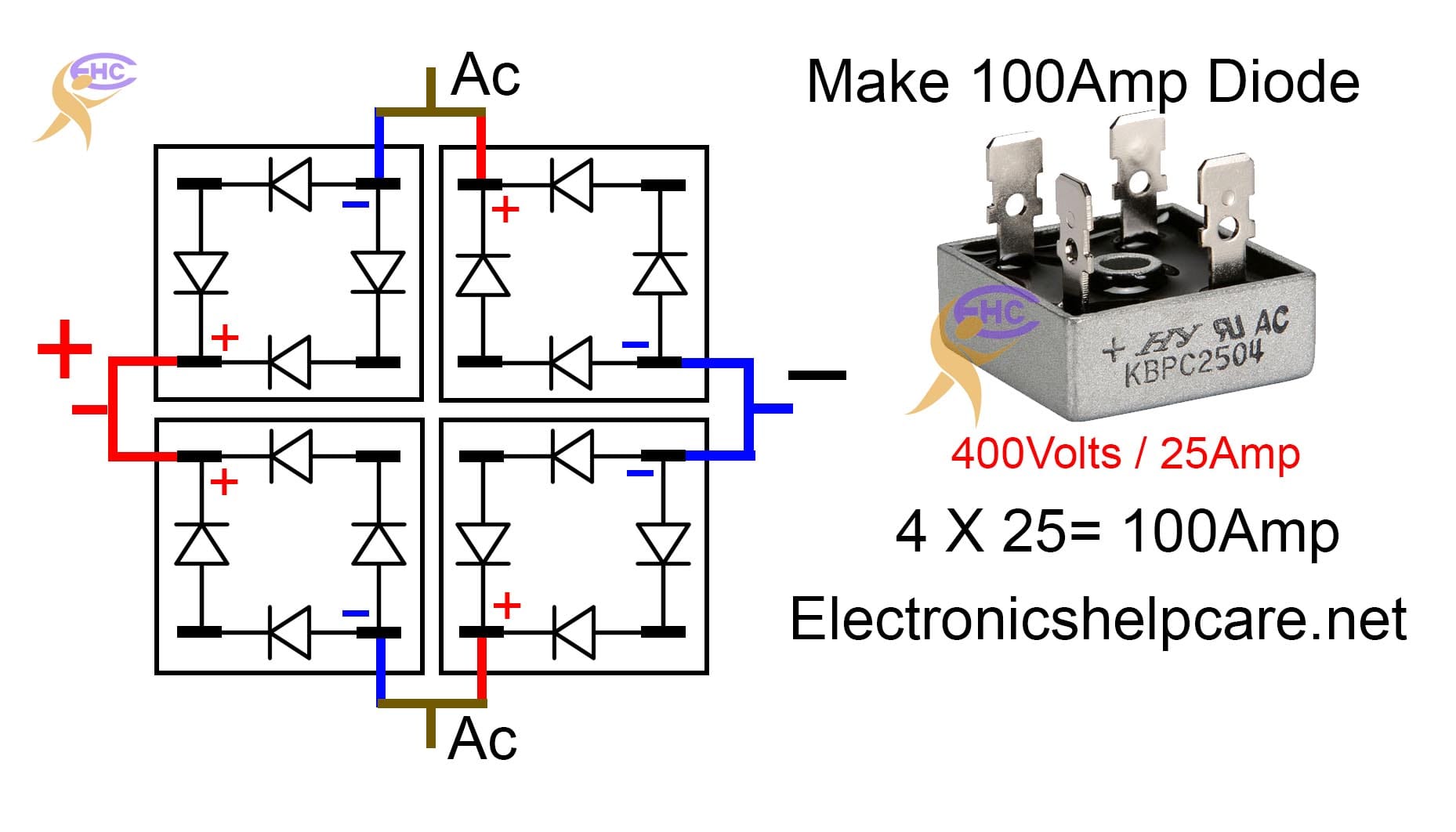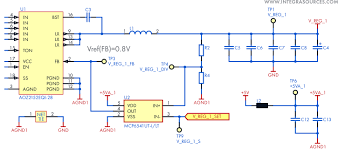Best Way to Calculate Battery Runtime for a Circuit
Calculating the runtime of a battery for a circuit is crucial for ensuring that your device functions optimally without any interruptions. Whether you are working on a simple electronic project or a complex system, knowing how to determine the battery life is essential. In this article, we will discuss the best practices for calculating battery runtime for a circuit.
Understanding Battery Capacity
Before delving into the calculations, it is important to understand the concept of battery capacity. The capacity of a battery is typically measured in milliampere-hours (mAh) or ampere-hours (Ah). This value indicates the amount of charge that the battery can store and deliver to a circuit. The higher the capacity, the longer the battery will last.
For example, a battery with a capacity of 1000mAh can deliver 1000 milliamperes of current for one hour, or 500 milliamperes for two hours, and so on. By knowing the capacity of the battery, you can estimate how long it will power your circuit.
Calculating Battery Runtime
To calculate the runtime of a battery for a circuit, you will need to consider the current draw of the circuit. The current draw is the amount of current that the circuit consumes while operating. This value is typically measured in milliamperes (mA) or amperes (A).
Once you have determined the current draw of the circuit, you can use the following formula to calculate the battery runtime:
Battery Runtime = Battery Capacity / Current Draw
For example, if you have a circuit that draws 100mA of current and you are using a battery with a capacity of 1000mAh, the runtime would be calculated as follows:
Battery Runtime = 1000mAh / 100mA = 10 hours
Factors Affecting Battery Runtime
It is important to note that several factors can affect the runtime of a battery for a circuit. These factors include temperature, discharge rate, and battery age. Operating the circuit at higher temperatures can decrease the battery’s efficiency and shorten its runtime. Additionally, discharging the battery at a higher rate than its specified maximum rate can also reduce the runtime.
Furthermore, as a battery ages, its capacity may decrease, leading to a shorter runtime. It is essential to consider these factors when calculating the battery runtime for a circuit to ensure accurate results.
Conclusion
Calculating the battery runtime for a circuit is a straightforward process that requires a basic understanding of battery capacity and current draw. By following the formula mentioned in this article and considering the factors that can affect the battery’s performance, you can estimate how long your circuit will operate on a single charge. Remember to regularly check and replace the battery to maintain optimal performance.
Best Way to Calculate Battery Runtime for a Circuit
Calculating the runtime of a battery for a circuit is crucial for ensuring that your device functions optimally without any interruptions. Whether you are working on a simple electronic project or a complex system, knowing how to determine the battery life is essential. In this article, we will discuss the best practices for calculating battery runtime for a circuit.
Understanding Battery Capacity
Before delving into the calculations, it is important to understand the concept of battery capacity. The capacity of a battery is typically measured in milliampere-hours (mAh) or ampere-hours (Ah). This value indicates the amount of charge that the battery can store and deliver to a circuit. The higher the capacity, the longer the battery will last.
For example, a battery with a capacity of 1000mAh can deliver 1000 milliamperes of current for one hour, or 500 milliamperes for two hours, and so on. By knowing the capacity of the battery, you can estimate how long it will power your circuit.
Calculating Battery Runtime
To calculate the runtime of a battery for a circuit, you will need to consider the current draw of the circuit. The current draw is the amount of current that the circuit consumes while operating. This value is typically measured in milliamperes (mA) or amperes (A).
Once you have determined the current draw of the circuit, you can use the following formula to calculate the battery runtime:
Battery Runtime = Battery Capacity / Current Draw
For example, if you have a circuit that draws 100mA of current and you are using a battery with a capacity of 1000mAh, the runtime would be calculated as follows:
Battery Runtime = 1000mAh / 100mA = 10 hours
Factors Affecting Battery Runtime
It is important to note that several factors can affect the runtime of a battery for a circuit. These factors include temperature, discharge rate, and battery age. Operating the circuit at higher temperatures can decrease the battery’s efficiency and shorten its runtime. Additionally, discharging the battery at a higher rate than its specified maximum rate can also reduce the runtime.
Furthermore, as a battery ages, its capacity may decrease, leading to a shorter runtime. It is essential to consider these factors when calculating the battery runtime for a circuit to ensure accurate results.
Conclusion
Calculating the battery runtime for a circuit is a straightforward process that requires a basic understanding of battery capacity and current draw. By following the formula mentioned in this article and considering the factors that can affect the battery’s performance, you can estimate how long your circuit will operate on a single charge. Remember to regularly check and replace the battery to maintain optimal performance.



